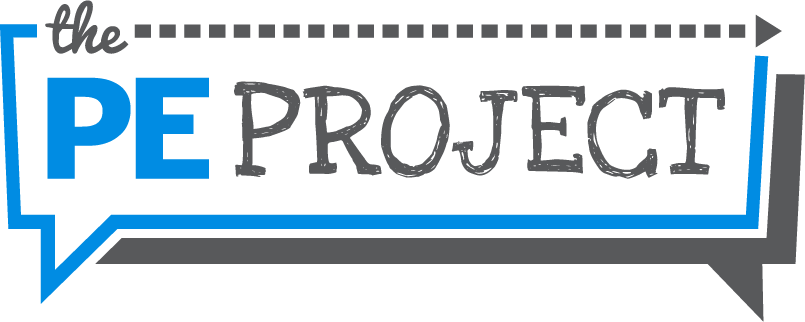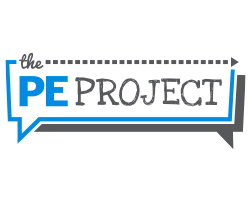Guided discovery teaching style in physical education is an instructional approach that emphasizes the role of the teacher as a facilitator who guides students to discover knowledge and skills for themselves. This approach was developed by Muska Mosston and Sara Ashworth, two physical education professors, who believed that students learn best when they are actively involved in the learning process and have the opportunity to discover and apply knowledge in a meaningful context.
The guided discovery teaching style is based on the idea that students learn through exploration and inquiry. This approach requires the teacher to plan a series of questions and tasks that direct students towards discovering a pre-determined answer to the problem or learning target. Therefore, students must ask questions, explore new ideas, and experiment with different strategies to solve problems. Teachers who use this approach provide students with a variety of learning experiences and opportunities to practice skills in a safe and supportive environment. The teacher acts as a guide, helping students to discover knowledge and skills on their own through a process of trial and error.
Examples of guided discovery teaching style in physical education might include having students explore the logic (or reason) behind set positioning in invasion games like basketball or soccer. Or in swimming students could be challenged to explore the principle of propulsion in the water. Other alternatives may include setting up a challenging course that requires students to navigate through obstacles in the most efficient way. By providing opportunities for students to discover and apply knowledge in a meaningful context, teachers can help students to develop a deeper understanding of the subject matter and to become more self-directed learners.
In addition to promoting student engagement and deeper learning, the guided discovery teaching style has been shown to have positive effects on student motivation and attitudes towards physical activity. Research has also shown that this approach can be effective in improving physical fitness, motor skills, and sport performance (Graham & Holt/Hale, 2008; LeVine & Benham-Deal, 2011).
However, it is important to note that the guided discovery teaching style is not appropriate for all situations or all students. Some students may struggle with this approach and may require more direct instruction and guidance from the teacher. Additionally, teachers who use this approach need to be skilled in creating a safe and supportive learning environment and in providing appropriate feedback and support to students as they explore and discover new knowledge and skills.
In conclusion, the guided discovery teaching style in physical education can be a powerful tool for promoting student engagement, deeper learning, and positive attitudes towards physical activity. By providing students with opportunities to explore and discover knowledge and skills in a meaningful context, teachers can help students to become more self-directed learners and to develop the skills and attitudes necessary for lifelong physical activity and wellness.
References
- Graham, G., & Holt/Hale, S. (2008). Physical education: Preparing students for a lifetime of physical activity. Journal of Physical Education, Recreation & Dance, 79(8), 49-52.
- LeVine, J., & Benham-Deal, T. (2011). The use of guided discovery learning in physical education. Strategies: A Journal for Physical and Sport Educators, 24(4), 25-28.
- Mosston, M., & Ashworth, S. (2002). Teaching physical education (5th ed.). San Francisco, CA: Benjamin Cummings.










